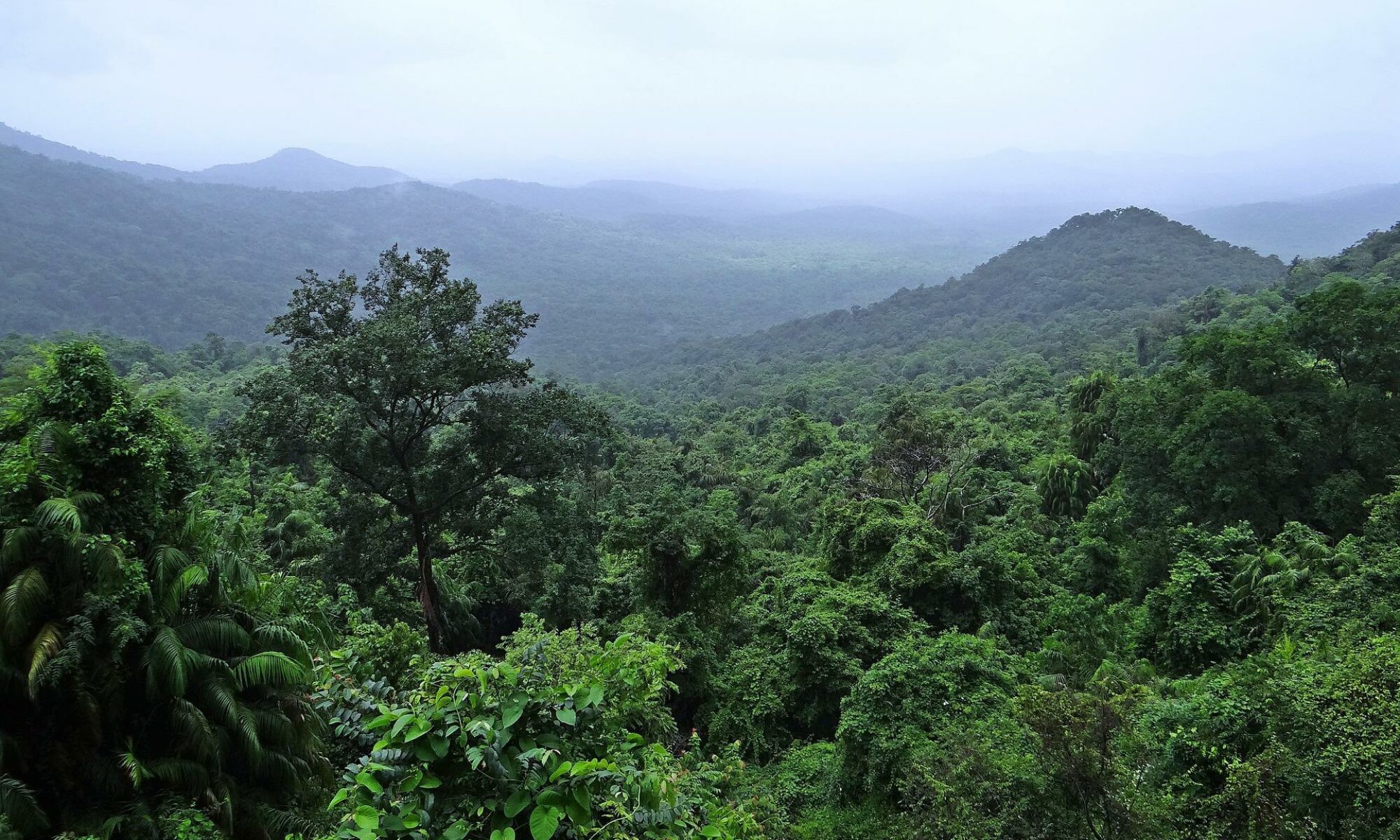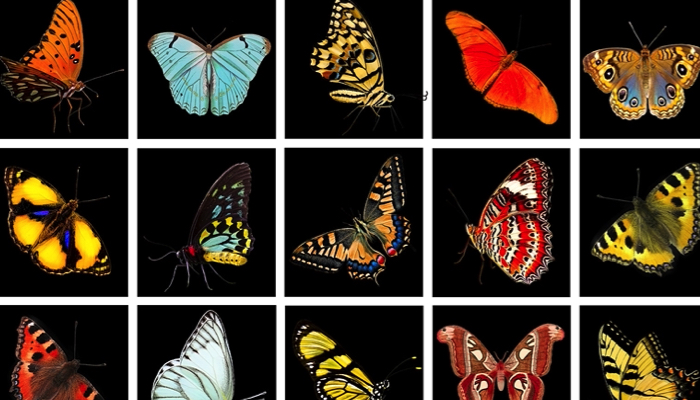In the mid-19th century, the best-selling book On the Origin of Species was published. Through this book, the English naturalist Charles Darwin brought the idea of natural selection to the world’s attention. He had developed this idea after his voyage to South America and the Pacific islands.
The purpose of his journey was to study various plants, fossils, and animals. The populations of living organisms adapt and change through a natural process. Charles Darwin popularized this process while also giving it the term ‘natural selection’.
In a population, all the individuals are variable in some ways. In this variation, some individuals have traits that are best suited to the environment than others in the population. These adaptive traits give them better chances of survival and reproduction. Such individuals then pass on these traits to their offspring.
Over a period of time, these adaptive traits become more common in the population of the species. Let’s take the population’s height as an example. It can be observed that the heights of individuals in the population vary. This happens without any selection pressures with regards to height.
While most of the individuals in the population would be of an average height, some can be extremely tall or extremely short. This distribution would be altered when selection pressures act on a trait such as height. Now, let’s take a look at the types of natural selection:
1. Stabilizing selection
A population experiences this type of natural selection when the selective pressures select against a trait’s two extremes. For instance, stabilizing selection might act on the height of a tree. One that is too short won’t be able to compete for sunlight with other trees. However, the taller ones may be more likely to suffer damages from the winds.
The combination of these selection pressures maintain a medium height of these trees. As a result, the numbers of taller and shorter trees would decrease. On the other hand, the numbers of trees with medium height would increase.
2. Directional selection
In this type, one extreme of the distribution of a trait is subject to selection against it. This results in a shift of trait distribution in the population towards the other extreme. The mean of the population graph shifts in directional selection. We can understand this from the example of giraffe necks.
In the population of giraffes, the individuals with short necks could not reach many leaves to feed themselves. So, there was a selection pressure against the ones with short necks. As a result, the distribution of neck length went in favor of the ones with long necks.
3. Disruptive selection
The pressures of selection act against those in the middle of the trait distribution in disruptive selection. This results in a two-peaked or bimodal curve. The two extremes of this curve form their own smaller curve. Let’s take a plant species as an example here, which is of extremely variable height. In these plants, the pollination happens through three different pollinators.
One has an attraction towards shorter plants, while the second prefer the ones with medium height. The third visits only the tallest plants. Now, let’s assume that the pollinator having a preference for plants with medium height disappears from an area. In this case, the selection would be towards the shorter and taller plants.

